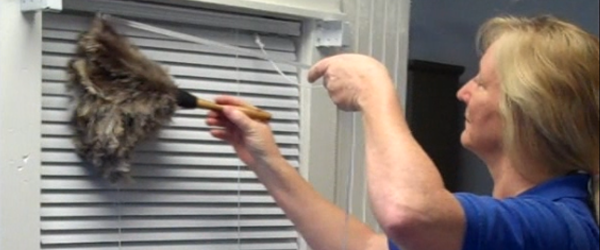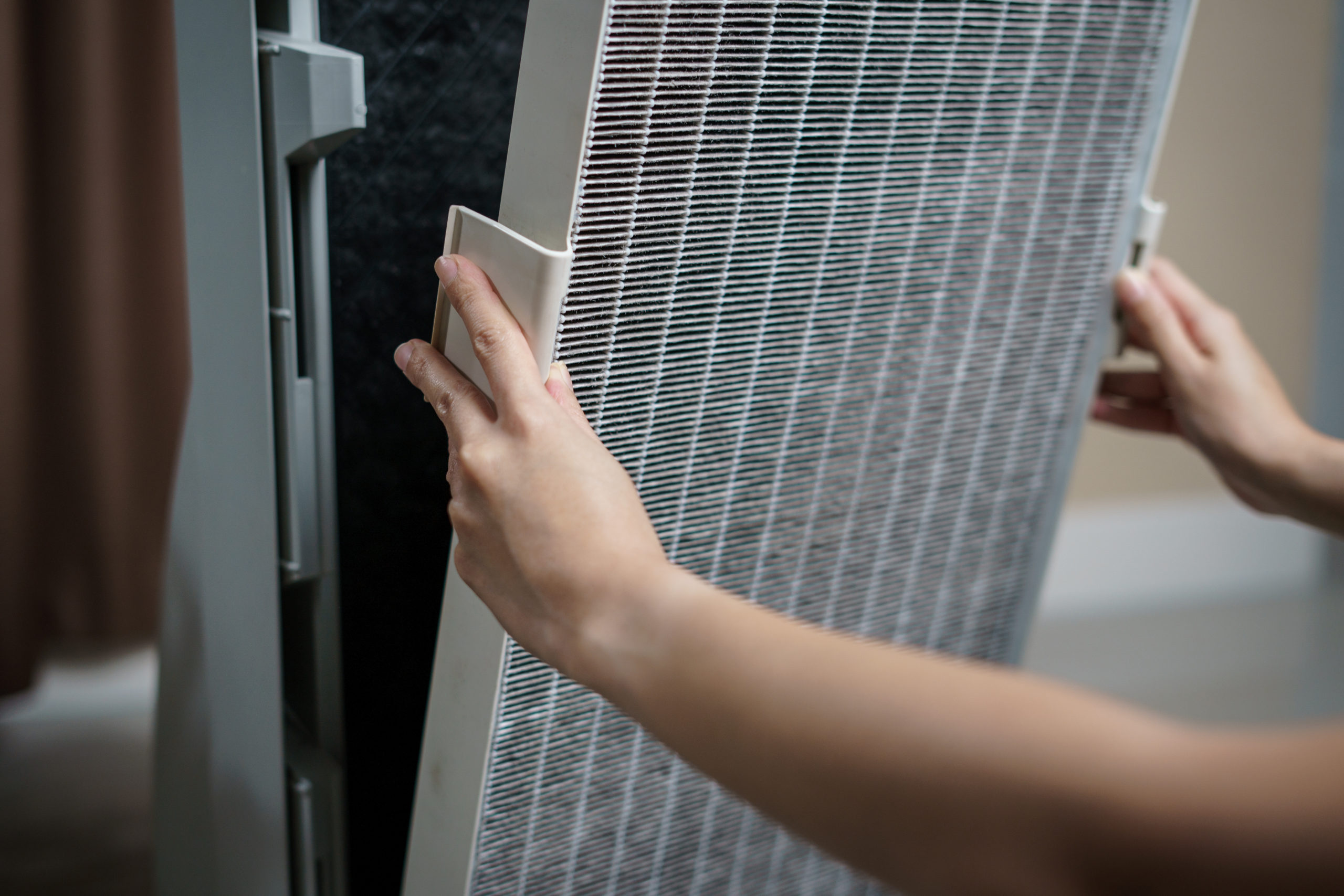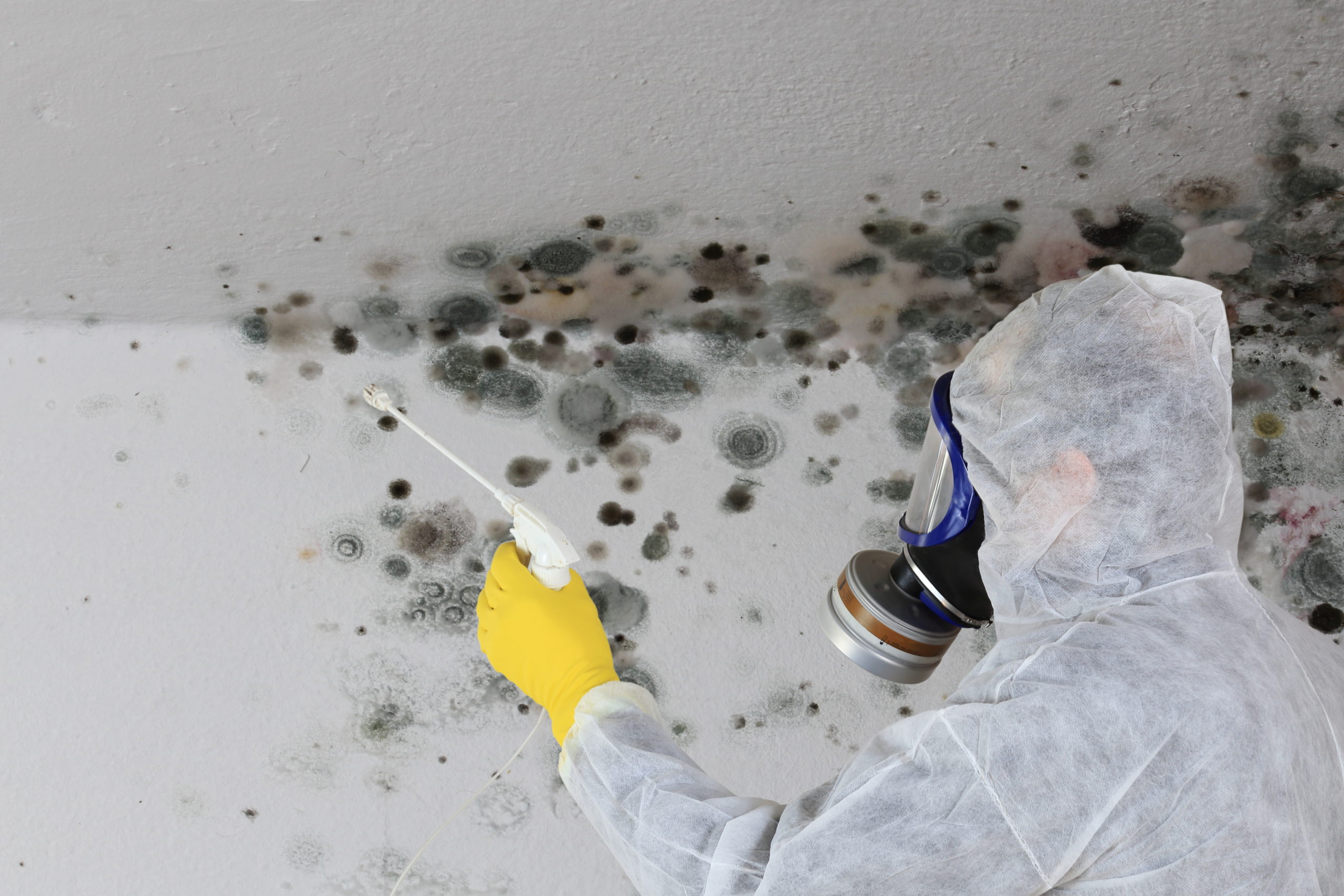Feather dusters may seem traditional and even romantic as a cleaning tool, but they can cost you a lot of money – in the time it takes to use and maintain them properly.
Sometimes we spend so much time looking at new (and old) tools to add to our arsenal of cleaning tools that we forget to review the ones we already have – to make sure they really are the most effective tool and aren’t costing us money. In Part 1 of “Get This Tool Out of Your Caddy Fast,” I’ll help you examine the feather duster and its value to your cleaning procedure and its influence on your efficiency; remember, the more quickly you can achieve desired results, the more money you can make.
Romantic but Costly
I’ll admit I have a fondness for feather dusters. They are a quintessential cleaning tool and really look cool. The luxuriously plush ostrich feather dusters grab dust better than the garishly neon-colored cheap feather dusters and make sense in some limited applications. Unfortunately, even top quality ostrich feather dusters present more hindrance than advantage for professional use, so they are not the best choice for a residential cleaning company concerned with removing dust efficiently.
Pros:
- They are good for reaching into small spaces and grooves, and dusting fragile items.
- They are reusable, washable, sustainable, and natural.
Cons:
- The ostrich feather dusters are fragile and must be used and transported gently to avoid breaking the shafts of the feathers. They just don’t last very long in a professional residential housecleaning setting.
- They require specialized care. If not cleaned and stored properly, the feather shafts can weaken and break, and they can attract bugs.
- They more expensive and less effective than other dusting tools on the market.
There is a technique to using an ostrich feather duster correctly, but even used correctly they are still less effective than other dusting tools, especially for first-time or deep cleans in especially dusty homes where they’re just moving the dust around rather than removing it. If you’re set on using a feather duster, you’ll have better luck using them in a well-maintained home you clean on a weekly to biweekly basis.
Dusting with a Feather Duster
Steam the feathers before using; this separates all the very fine barbs of the vanes on the individual feathers and fluffs them, increasing the surface area of the feathers and allowing them to it to pick up more dust.
When dusting, move the feather duster gently in a controlled sweeping motion. I know it’s tempting, but never flick the feather duster because all the dust caught in the vanes of the feathers will easily fly out.
Every few minutes, or when you can see enough dust collected on the feathers, tap the feather duster against your lower leg or ankle. This frees up space on the feathers and deposits excess dust close to the floor so you can vacuum it up later. Shake the feather duster well outside between houses.
Cleaning Feather Dusters
How often you clean an ostrich feather duster depends on how heavily you use it, but if used in two to three houses every day, cleaning it once a week is reasonable. To clean, use a pH neutral, gentle shampoo or soap and gently hand wash in a bucket of clean water. With the feathers facing down, rinse with clean water under a faucet. Gently squeeze out excess water and dry the duster feathers-up in an appropriately sized container. I’ve heard you can also dry them with a blow dryer, and this sounds reasonable if done on a low setting, but I have never tried it. They should also be stored feathers-up when not in use.
Storing and Transporting Feather Dusters
Be sure to keep the plastic sleeve the duster comes with and slide it on when transporting the feather duster between homes to keep the feathers from breaking off. Be careful how and where you lay it when transporting it, and don’t lay anything on it.
Do not store a used or dirty feather duster in the plastic sleeve for a prolonged period as bugs love to make their homes in the feathers.
While ostrich feather dusters are certainly a very romantic housekeeping notion, from a professional housekeeping perspective they are fragile, time-consuming (i.e., expensive) to clean and maintain, and ultimately not a very effective dusting tool.
Watch for Part 2 of “Get These Tools Out of Your Caddy Now,” when I’ll examine the challenges of using sponges safely and hygienically.
Janice Stewart is the owner of Castle Keepers of Charleston and driving force behind the development of the Modern Cleaning approach, Janice brings her scientific and healthcare background to inform the development of effective, safe, and healthy cleaning methods.





